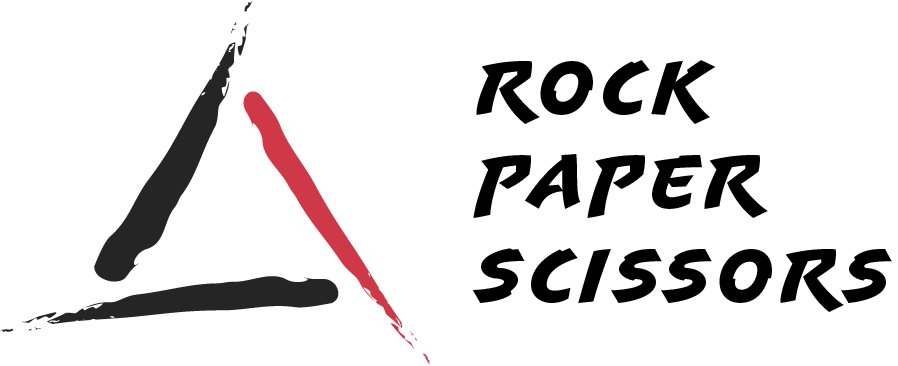“Learning to define your target audience can help set the business turn on the right path.”
Target audience/market is the specific group of people you want to reach with your marketing message. They are the people who are most likely to buy your products or services, and they are united by some common characteristics, like demographics and behaviours. The clearer you define your target group, the better you can understand how and where to reach your best prospects. In this post, we compile 4 steps to define your target audience (that we also do too):
Do Your Research
Start by looking at market segmentation. Market segmentation makes your marketing efforts easier. It helps you focus your marketing efforts on certain people. Your company resources are spent more efficiently if you pay attention to what market segments you are aiming for. Take, for example, Armani. Armani is an Italian luxury fashion house that produces high-end, haute couture fashion items. It appeals to high-income elites with a luxurious lifestyle, and Armani maximizes its marketing efforts to such people.
Doing market segment research will increase your marketing effectiveness by a large margin than if you try to appeal to a very generic consumer base. The types of target markets are often segmented by characteristics such as:
- Demographics: age, gender, race, religion, education, marital status, etc.
- Psychographics: values, beliefs, interests, personality, lifestyle, etc.
- Business Industry: business industry or vertical
- Geographic Areas: neighbourhoods, area code, city, region, country, etc.
Create Buyer Persona
Another way to define your target audience is to create a buyer persona or build your ideal customer. A buyer persona is a semi-fictional representation of your ideal customer. Use real data and fact to form your buyer persona. You can use interview and survey results to determine who your ideal customers are. Consider your customer demographics, values, and interests in creating your buyer persona. Buyer persona affects your content plan, marketing campaign, product development, and other efforts that relate to your customers. Detailed buyer persona also can draw more leads and customers.
There are also “negative” buyer persona. A negative buyer persona is a representation of the people you don’t want as your customer. You can combine the insights you gained from your buyer persona and negative persona to narrow your target audience. Your marketing efforts will be more focused and cost-efficient this way. A buyer persona is related to market segmentation. By knowing what market segments you aim, you can create a buyer persona that is appealing to the corresponding segments.
Use Target Market Tools
There are hundreds of target market tools that can help you identify your target market. These tools make your work easier because they can quantify your data on customers and turn them into helpful insights. Social media analytics (FB analytic, Instagram analytic, etc) provide their customer data and turn them into graphs that states who they are: how old they are, what their nationality is, what their preferences are, etc. Another recommended target market tool is Google Analytics. It is a web analytics service provided by Google that provides insights to your target audience’s demographics, affinity (lifestyles), and in-market (purchase interests) users. It also tracks how customers were referred to your site.
Test Target Market
You might need to adjust your marketing strategy over time. This can be done by reaching your target market and interacting with them. Getting feedback for your current target audience is one of the most important factors that keep your company relevant to them. There are multiple ways to interact with your target market:
Set up a mailing list
Setting up a mailing list is important for your interaction with your audience. Acquiring potential contacts can generate new leads and keep your company in touch with your audience. Put various offerings and resources to quickly gain customer emails.
Create a landing page
Landing page can convert visitors into leads. More importantly, it can offer you insights towards your customer. These insights will be useful to determine whether you are connected to your target audience.
Set up a social media page
Social media is great for interacting with your target audience. Multiple metrics in your social media can tell you whether your contents are interesting to them.
Conclusion
Once businesses know the definition of target market identification, it easy for you to see connections between their needs and your product. The analysis of multiple streams of data, as well as a continual effort to identify your target customers, can help you achieve and maximize your ROI.
Rock Paper Scissors is the missing link between business and technical world. We translates business language into technical, and technical limitation into business constraints. We guide organization and individuals alike to create their own digital product and navigates all the complexity of product creation process. Find out more.
References
https://trackmaven.com/marketing-dictionary/market-segmentation/
https://blog.alexa.com/targeting-in-marketing/
https://blog.hubspot.com/marketing/buyer-persona-research
http://info.heynowmedia.com/tools-to-identify-your-target-audience
https://www.smartbugmedia.com/blog/back-to-basics-what-is-a-landing-page-and-how-do-they-work
